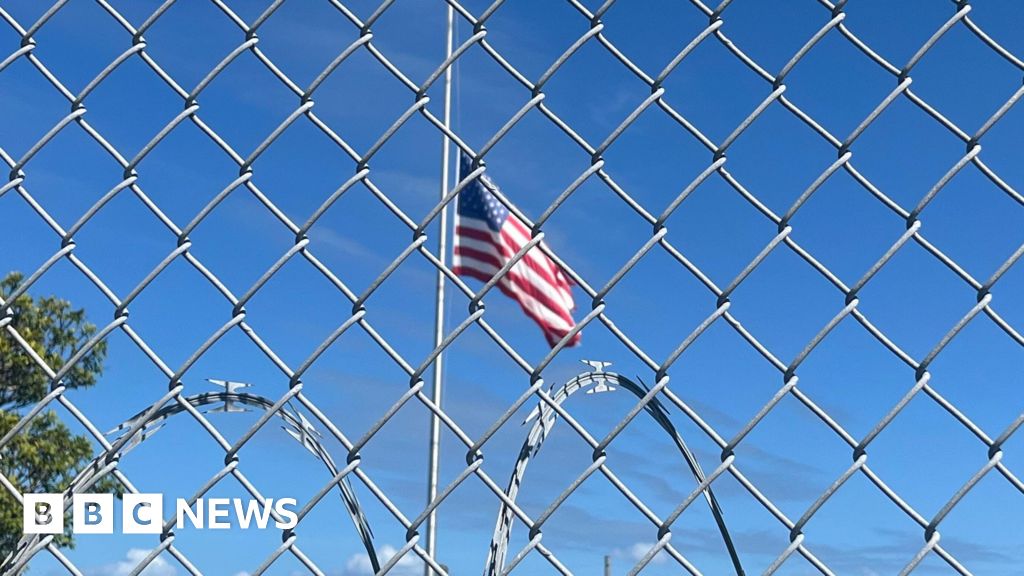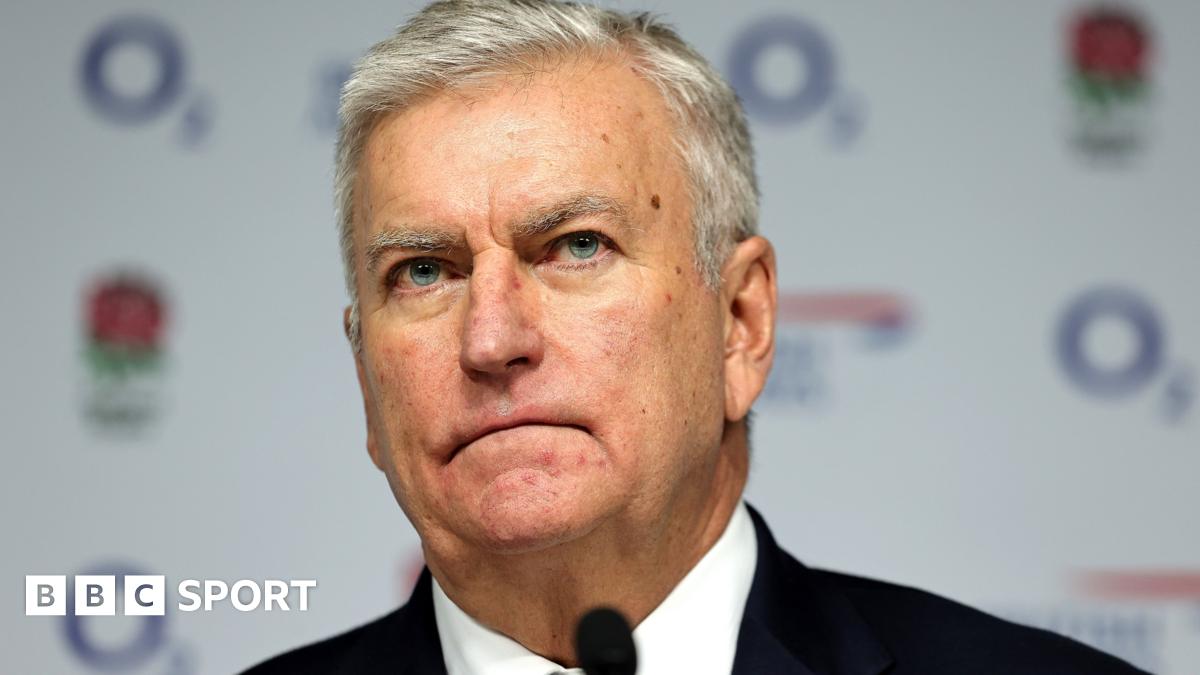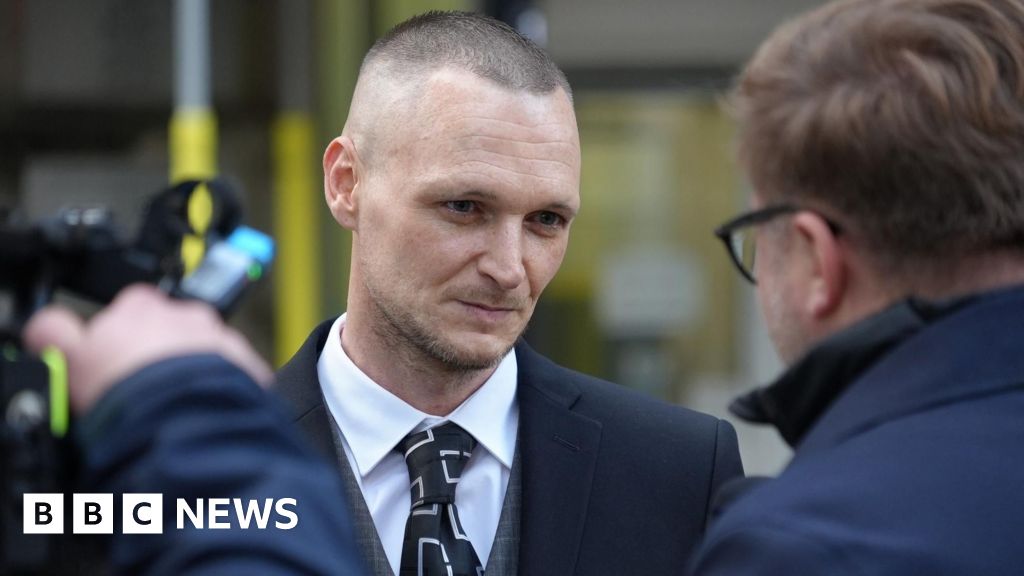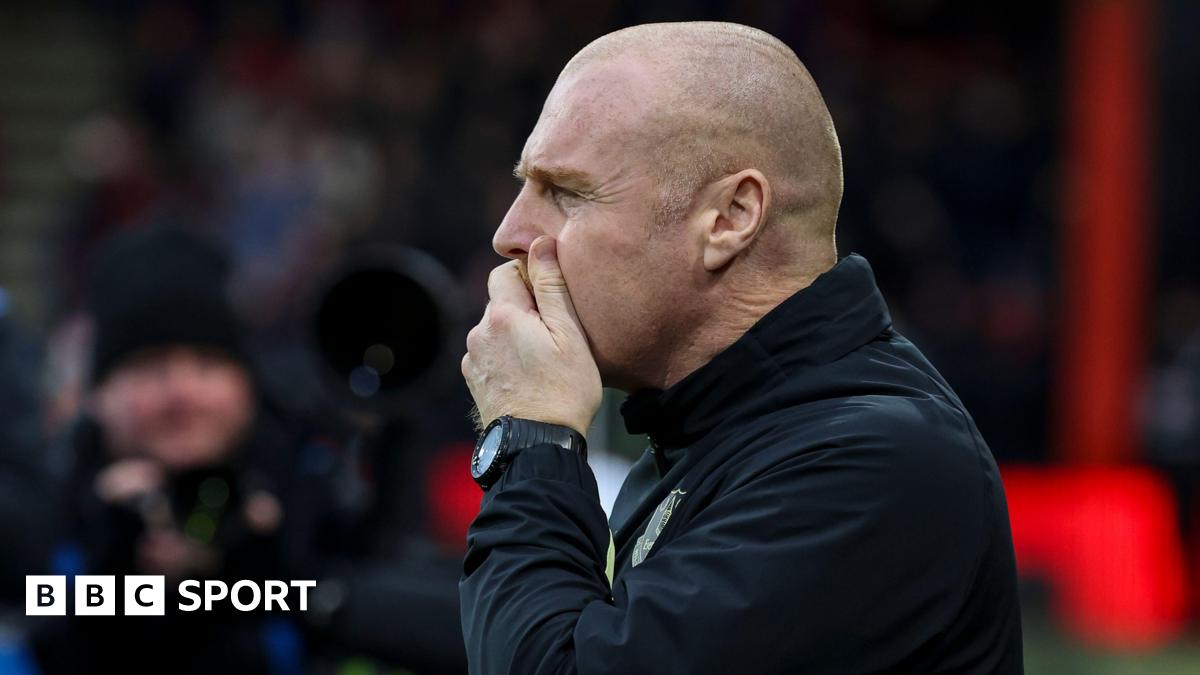Photographer Edward Burtynsky says people should be "screaming 10 alarm fire right now," due to the urgency of the climate crisis. Instead, he says "it still feels like we're rearranging the deck chairs on the Titanic".
The 69-year-old Canadian artist has re-invented landscape photography, spending the last 40 years documenting man's dominance over the planet.
He explores human impact across the world - in all its beauty and bleakness.
But does he see any conflict in creating beautiful images documenting such devastating impact on the earth?
He tells Sky News: "My work is revelatory, not accusatory.
"Every living species takes something from nature to survive, and we as a top predator, take quite a bit from nature to survive.
"All these things I'm showing would be perfectly fine if there were one billion human beings on the planet. The fact that there's eight billion makes it a problem. It's just too much of a good thing."
His large-scale panoramas both celebrate and question human ingenuity, challenging his audience to look beyond their backyard.
They also act as a critical reminder of what could be at stake without urgent changes to the way we use the planet's resources.

Born in Ukraine, Burtynsky's parents moved to Canada after the Second World War. His father - who gave him his first camera as a child - died when he was just 15.
Precipices and helicopters
The necessity to earn enough money to allow him to study photography led him to find work in big industry, working in both the auto and mining industries as a young man.
"I moved far north and worked in big mines. And I got to see those worlds, first-hand. And I think it was that kind of opening my eyes to this other world that gave me the idea that most people haven't really seen these worlds".
Progressing from standing on the edges of perilous quarries and mines to get his shots (admitting, "my mother didn't approve, it was sort of dangerous"), he now uses helicopters to get his aerial images.

Over four decades, his photography has seen him travel to multiple countries across every continent (except for Antarctica), with his works included in the collections of more than 60 museums around the world.
Disappearing rivers of ice
His recent trip to photograph the Coast mountains of British Columbia, Canada, for his latest exhibition - New Works - was a stark reminder of a swiftly changing world.
From his bird's eye view, he could see the glaciers - which date as far back as 150,000 years - had receded dramatically compared with 20 years ago because of warming as a result of human activity.
Not only a visible measure of man's impact on the environment, the disappearing rivers of ice will go on to impact the ecosystems that rely on their meltwater.
Burtynsky's new collection also explores soil erosion in Turkey, and the impact of coal mines in Australia.

He admits it's sometimes frustrating trying to relay the urgency of the climate emergency message.
'Our legacy is troubled'
"We have this particular moment in time and things are evolving rapidly. I'm trying to invoke a sense of urgency out there... This is actually scientifically being charted and we're pretty good at predicting what to expect."
His environmental message - which is his life's passion - is deeply held.
"I have two daughters and I want them to have a chance to have a family, too. So, if you know, the legacy that we're leaving behind is troubled.
But his ecological vigour is also rooted within his personal knowledge of big industry. He says our use of the world's most valuable resources is not something that can just stop, but instead needs careful planning, with alternative energy incentivisation, to help us transition to more sustainable methods.

So, what's his view on the growing army of climate activists drawing attention to the cause by doing ever more extreme things to hit the headlines - particularly when that involves demonstrations in art galleries?
'I understand the frustration'
"I understand why culture and the arts in particular can be a target, and somebody trying to bring attention through art celebrity. And that's what's happening, they're taking a famous painting and throwing some paint on it... Or gluing themselves...
"I would think that demonstrating in front of the companies that are causing the problem might be a better place - to go direct to the source of the problem. But I understand the frustration."

As for the renewed scrutiny on the source of funding for some of our big arts institutions, including galleries and museums accepting money from big oil companies, he says it's a tricky path to navigate.
'Be careful what you wish for'
"The line in a way is dangerous because you can all of a sudden find out that culture is no longer viable.
"I think as well, the oil companies have to transition, and they can do a lot to make a difference.
"We still need oil in the meantime until the transition occurs, [and we should] be careful what we wish for, because if all of a sudden the oil stopped tomorrow, I'd call that anarchy.
"We wouldn't have food coming into the cities. We wouldn't have transport working, everything would come to a screeching halt. So we are, unfortunately, still bound to that energy source for the foreseeable future."

Part of that future, he believes, lies in the essential role that art can play in raising ecological awareness.
'There's still time'
"Artists have a role and creativity has a huge role in the future, because we have to reinvent our world. We have to find a world that isn't built on this consumer culture saying the more stuff I own, the happier I am.
"I think everybody's finding that that's a bit of a shallow value system that may have been sold to us by some very influential advertising campaigns."
So, should viewers of his work feel optimistic or pessimistic on leaving the gallery?
"I hope people can walk away saying there's still time to do something.
"I think pessimism tends to lead to cynicism that nothing will work, so [people think] 'Why should I bother? I'll just carry on business as usual'. And I don't think that's the right attitude."

But alongside that optimism, Burtynsky's clear-eyed on the challenges the world is facing.
Atmospheric rivers, water bombs and heat domes
"The storms are coming - we're hearing all kinds of new terminology: 'Atmospheric rivers'; 'water bombs' - these the massive amounts of water hitting a city all at once; 'heat domes'. All of these new terms to try and describe what's coming.
"The fire seasons have already started early, Texas is having one of its worst fire seasons ever, and it's a month and a half, two months early."

He concludes: "It's a question of how quickly we're able to cease and desist the worst activity that we're doing, which I'd say right now is CO2 loading in the atmosphere and is our most immediate problem.
"We've got a lot of problems, and I think if people are going to act, they need to act. The time for words is way over."
Edward Burtynsky New Works is showing at Flowers Gallery until 6 April.
A retrospective of his work, Extraction /Abstraction, is showing at the Saatchi Gallery until 6 May.
Spreaker This content is provided by Spreaker, which may be using cookies and other technologies. To show you this content, we need your permission to use cookies. You can use the buttons below to amend your preferences to enable Spreaker cookies or to allow those cookies just once. You can change your settings at any time via the Privacy Options. Unfortunately we have been unable to verify if you have consented to Spreaker cookies. To view this content you can use the button below to allow Spreaker cookies for this session only.
Click to subscribe to ClimateCast wherever you get your podcasts
Watch the full interview on The Climate Show with Tom Heap, Saturday and Sunday at 3.30 and 7.30pm on Sky News.
 (1).png)


















